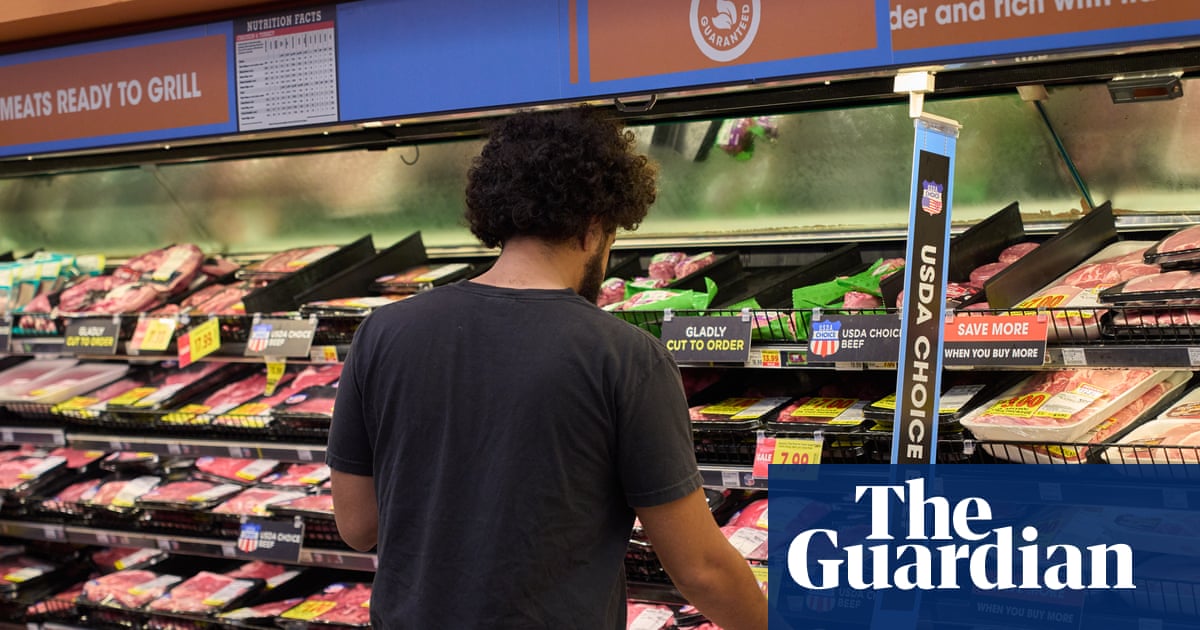Trump's Shocking 100% Drug Tariff: How Will It Impact Global Pharma Trade?

Imagine opening your medicine cabinet and finding prices for your vital prescriptions have doubled overnight. That’s the chilling reality set to unfold as US President Donald Trump unveils a staggering 100% tariff on branded and patented pharmaceutical imports, starting October 1. This bombshell announcement came through his usual channel—social media—leaving industries and consumers alike grappling with the implications.
In a post on Truth Social, Trump declared, “Starting October 1st, 2025, we will be imposing a 100% Tariff on any branded or patented Pharmaceutical Product, unless a Company IS BUILDING their Pharmaceutical Manufacturing Plant in America.” This sudden shift has left many wondering what it truly means for global trade and healthcare access.
Previously, pharmaceutical goods had dodged the tariffs that were initially part of Trump's trade agenda earlier this year, primarily due to a national security probe aimed at safeguarding the industry. But since his return to office, threats of imposing tariffs on pharmaceutical products have been a recurring theme, making this announcement less of a shock than its timing.
So, what does this mean for drug companies and consumers? Trump’s announcement hints at two major exemptions: generic drugs and companies producing in the US. Generic drugs, which are often cheaper alternatives to branded products, seem to be safe from these tariffs, although the lines are not as clear-cut as one might think. As Deborah Elms, head of trade policy at the Hinrich Foundation, notes, “There’s a lot of branded, generic drugs... All this seems to be smashed together in Trump’s announcement.”
The second exemption is for companies that are already manufacturing in the US or planning to build factories there. Trump indicated that the term “IS BUILDING” could mean anything from breaking ground to actual construction, but without detailed guidelines, uncertainty reigns. Elms humorously suggested that if she were a pharma exec, she’d be “buying a shovel and digging a hole somewhere.”
Economist Neil Shearing pointed out that the exemption for domestic production might not be as alarming as it appears, as many major pharmaceutical companies already have operations in the US or are planning to invest heavily. Recent reports highlighted that over a dozen drugmakers are set to invest more than $350 billion into US production by the end of the decade—good news for them, but what about consumers?
According to the United Nations, the US imported around $213 billion worth of pharmaceuticals in 2024, with countries like Ireland, Germany, and Switzerland being major suppliers. If the tariffs go into effect, it raises questions about how these countries will respond, especially since an earlier trade agreement capped EU pharmaceutical tariffs at just 15%.
Irish Foreign Affairs Minister Simon Harris is currently assessing the ramifications, emphasizing that the August trade agreement stands firm. Yet, this new tariff could disrupt not just prices but also global supply chains, with Nathalie Moll from the European Federation of Pharmaceutical Industries warning that such tariffs could lead to increased costs and hinder access to lifesaving treatments for patients.
While Trump has long insisted that tariffs benefit US consumers, experts like Elms counter that the reality is likely to be grim. Higher production costs in the US could translate into inflated prices for patients, with less access to affordable medications. “What is the benefit of this from a consumer perspective? Almost none,” she asserts.
As the clock ticks down to October 1, all eyes will be on how this unprecedented tariff will reshape the landscape of global healthcare and consumer accessibility.
























